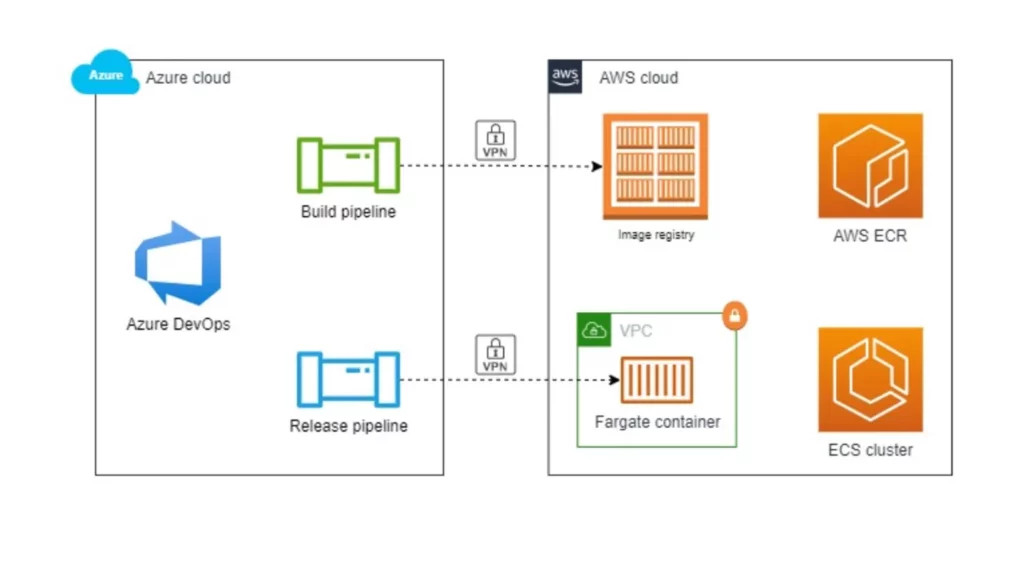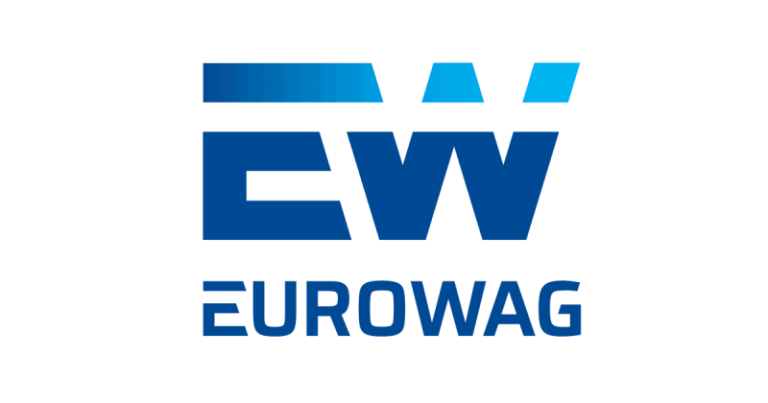About The Customer
Eurowag, a key player in the commercial transport sector, specializes in providing optimized solutions that simplify fuel, toll, and service payments. Their innovative fuel cards enable transport companies to perform cashless transactions securely and efficiently across Europe.
Customer Challenge
Their setup was characterized by its strong integration with data-center networking and a customized VPN configuration tailored to their clients‘ needs. However, during this period, there was an absence of a working CI/CD solution for both infrastructure and application deployments. The client relied on manual configuration via SSH and Docker Compose, as Infrastructure as Code (IaC) had not been implemented at the time. This approach led to difficulties as everything was individually set up, diverging from the more streamlined and automated processes commonly employed.
Another notable limitation was the lack of a container orchestration tool, which could have significantly improved the management of Dockerized applications. Without such a tool, the deployment, scaling, and monitoring of containers required manual intervention and monitoring. This approach proved to be less efficient and more prone to human errors, detracting from the potential benefits of containerization.
In terms of Docker image management, there was no centralized repository in place. Docker images generated during the development and packaging process were not systematically stored, leading to difficulties in version control and image sharing among team members. This decentralized approach hindered collaboration and posed challenges in maintaining consistency across various stages of development and deployment.
The configuration lacked the streamlined and automated practices that have become standard in modern DevOps environments. The absence of proper CI/CD pipelines, Infrastructure as Code, container orchestration, and centralized image repositories hindered efficiency, scalability, and collaboration.
Partner Solution
A comprehensive solution was developed to enhance efficiency, scalability, and security in response to existing challenges. The network architecture underwent a transformation, adopting a hub-and-spoke model using AWS Transit Gateway and AWS Site-to-site VPNs for centralized network management. This streamlined data-center networking, improving connectivity between client sites and enforcing a standardized VPN configuration.
Efficiency in infrastructure and application deployments was achieved by transitioning to Azure Pipelines, enabling automated and consistent releases for smoother transitions between development and production environments. Simultaneously, Terraform became the chosen Infrastructure as Code (IaC) solution, integrating Terraform Workspaces to manage multi-environment infrastructure deployments effectively and reduce configuration errors.
Collaboration and organization were enhanced through separate source code repositories within Azure DevOps, distinguishing between Infrastructure and Application codebases. This separation facilitated focused development and streamlined version control. GitOps practices were introduced, tracking infrastructure changes through versioned repositories to promote transparency and accountability.
Addressing the need for effective container orchestration, the team adopted Amazon ECS (Elastic Container Service), automating deployment, scaling, and management of containerized applications, eliminating previous manual intervention. To resolve the lack of centralized Docker image storage, Amazon ECR (Elastic Container Registry) was implemented, streamlining Docker image storage and sharing.
Security and compliance were prioritized with the integration of tools like Checkov and tflint. Checkov scanned IaC files, identifying potential misconfigurations for security and compliance concerns. Simultaneously, tflint was utilized to ensure code quality by detecting syntax errors within IaC files.
In summary, the transition to this comprehensive solution brought significant improvements to the organization’s infrastructure and application management. Strategic adoption of cloud services, CI/CD tools, IaC practices, container orchestration, and version control mechanisms led to enhanced operational efficiency, scalability, security, and collaboration.
Results and Benefits
The implementation of Infrastructure as Code (IaC) streamlined infrastructure management, ensuring reliable resource provisioning and reducing errors through automation. Continuous Integration and Continuous Deployment (CI/CD) pipelines further enhanced efficiency by automating deployment processes, leading to quicker releases of both IaC and applications.
Container orchestration tools improved the management of containerized applications, enabling efficient scaling and automated deployment for enhanced resource utilization and availability.
Security was fortified with Checkov’s implementation, ensuring compliance with PCI-DSS standards. This strengthened the system’s security and minimized vulnerabilities, safeguarding sensitive data.
By adopting GitOps, the organization achieved transparency and efficient auditing through version control within Azure DevOps. This approach streamlined deployment and operation processes, allowing for swift rollbacks and ensuring system reliability.
In conclusion, these practices brought agility, security, and efficiency to the organization’s technological environment, enabling growth and innovation in a dynamic landscape.
Eurowag infrastructure diagram




